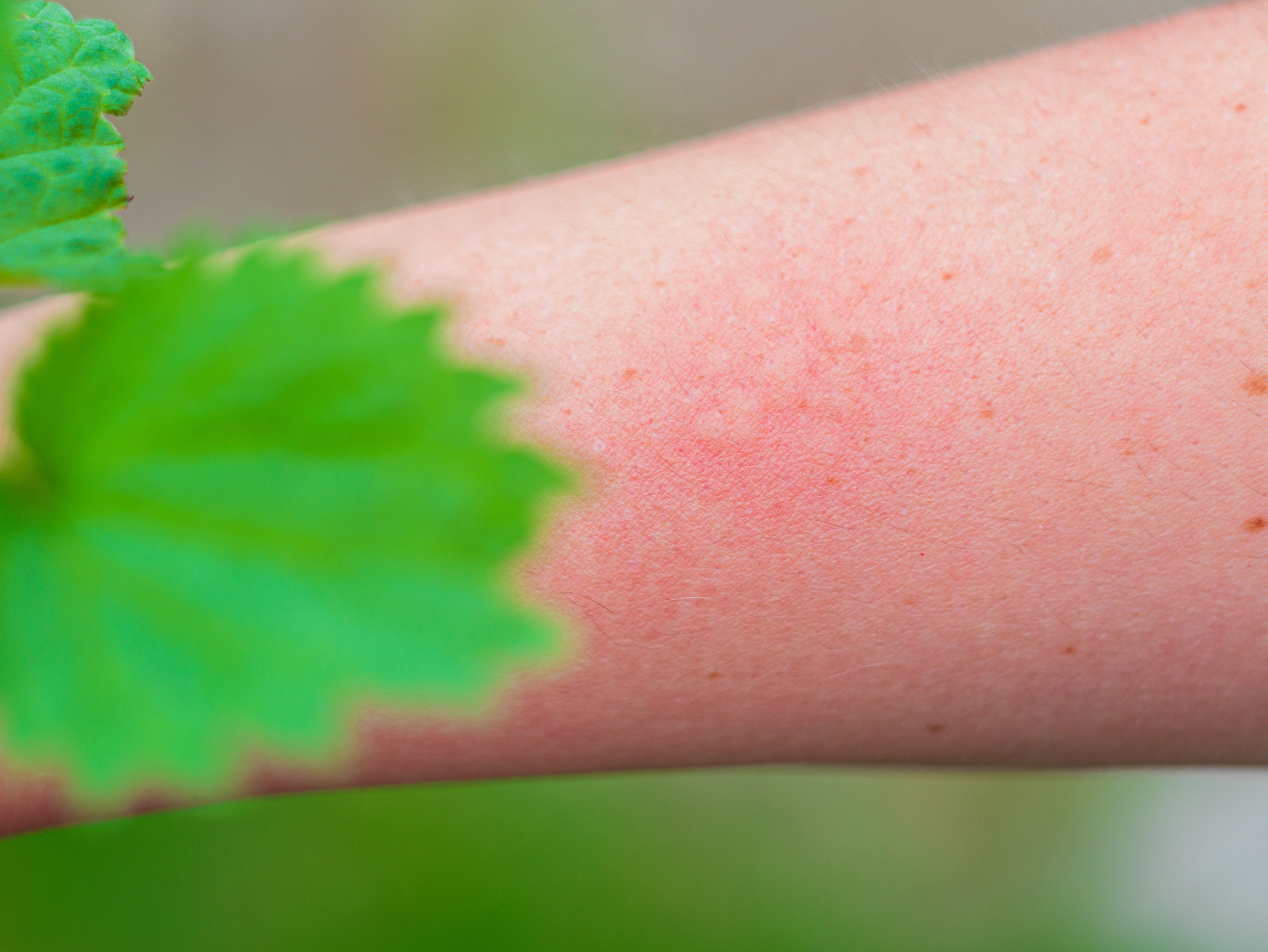Diving Deep into the Realm of Contact Dermatitis: Five Keys to Understanding This Common Skin Condition
Contact Dermatitis, an inflammatory skin condition, is largely characterized by red, itchy, and inflamed skin. It's primarily a result of direct skin contact with harmful substances or allergens. There are two types, irritant contact dermatitis, the most common type, and allergic contact dermatitis. This distinction is often discerned through the nature of the irritant and individual skin reactions.
Irritant Contact Dermatitis is typically caused by a foreign substance disrupting the outer layer of the skin. This can include cleaners, detergents, or industrial chemicals. On the other hand, Allergic Contact Dermatitis is initiated by an allergic reaction to a specific substance, such as certain metals, fragrances, or plants like poison ivy or nickel.
These conditions manifest physically in a number of ways, including severe itching, red rashes, blistering, and burning sensation on the skin. Swelling, scaling, or crusting may also occur, and sometimes, these symptoms could develop into chronic dermatitis if not adequately addressed.
Decoding Triggers and Allergens

Understanding the triggers and allergens behind contact dermatitis is crucial for effective management. A noteworthy point is that what causes a reaction for one person might not affect another. Many substances in the environment can cause contact dermatitis, including cosmetics, rubber, metal, latex, plants, hair dyes, and medications, among others.
Exposure to these substances can be through direct contact, airborne particles, or indirect contact with another material. For example, if your skin reacts to certain makeup items, it could be because these products contain allergens like fragrances or preservatives, which can trigger an allergic reaction.
Diagnosis Protocols and Accuracy

A reliable diagnosis of contact dermatitis often involves a comprehensive patient history, physical examination, and if necessary, additional tests like patch testing. A dermatologist will typically ask about the individual's medical history, lifestyle, personal habits, and exposure to potential allergens or irritants.
The commonly used patch test involves applying suspected irritants onto patches, which are then placed on the skin for several days. This test helps identify the exact substances causing skin irritation or allergic reaction – a crucial piece of information for strategizing an effective treatment plan.
A Deep Dive into Treatment Strategies

After the accurate discernment of contact dermatitis, treatment strategies are explored. Uppermost in this is removing or avoiding the cause of skin irritation or allergic reactions. There are also medical treatments available, including topical corticosteroids for reducing inflammation, anti-itch creams for symptom relief, and oral medications or light therapy for severe instances.
It's equally important to adopt diligent skincare regime that can help heal the skin and prevent reoccurring instances of dermatitis. This might involve using mild soaps, moisturizing regularly, avoiding scratching, and using protective garments or gloves.
Preventive Measures and Contact Dermatitis Management

Prevention, when it comes to contact dermatitis, hinges upon awareness and avoidance. After identifying the offending substance, avoiding contact with it is paramount. This may require lifestyle changes such as using alternative products or wearing protective clothing.
Educating oneself about potential allergens and irritants is important too, from reading product labels to understanding common irritants present in everyday products. As contact dermatitis can be quite specific to the individual, learning about your personal triggering agents, and best strategies for avoidance, can make a great difference in managing the condition.
The Impact on Quality of Life and Coping Mechanisms

Living with contact dermatitis can be challenging, with itchiness and discomfort sometimes causing sleep disturbances and emotional distress. Consequently, understanding coping mechanisms and resources for support is essential. These might include support groups, stress management techniques, and staying abreast with latest research and treatments.
Above all, maintaining open lines of communication with healthcare providers allows for guidance on dealing with the physical and psychological aspects of the condition, helping sufferers lead an active, fulfilling life, despite their condition.